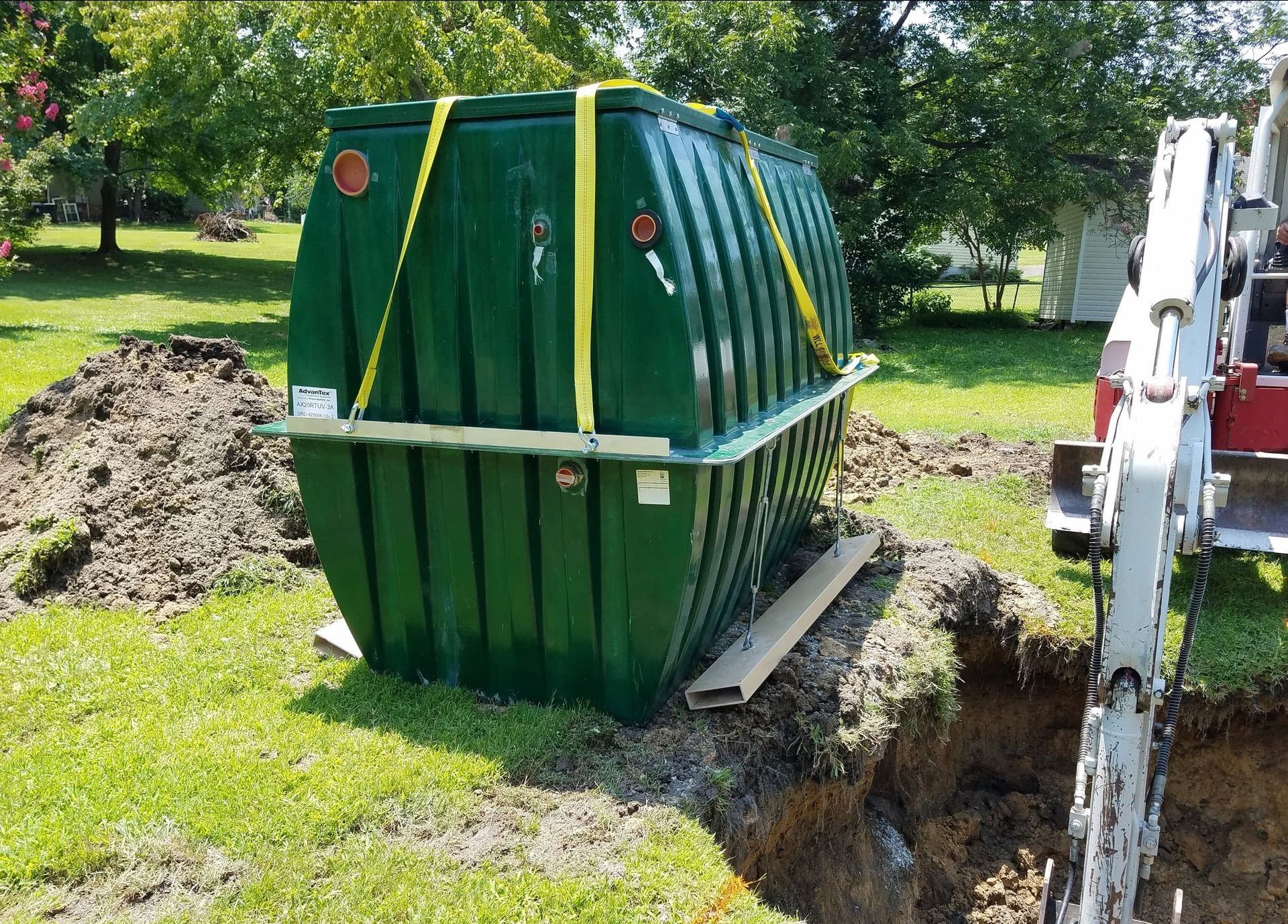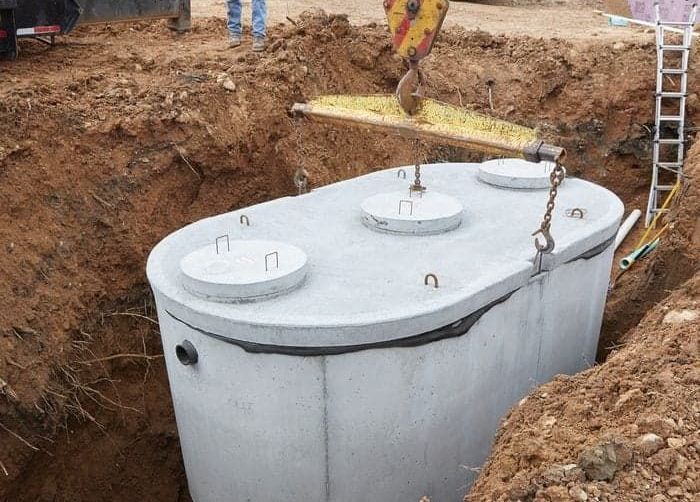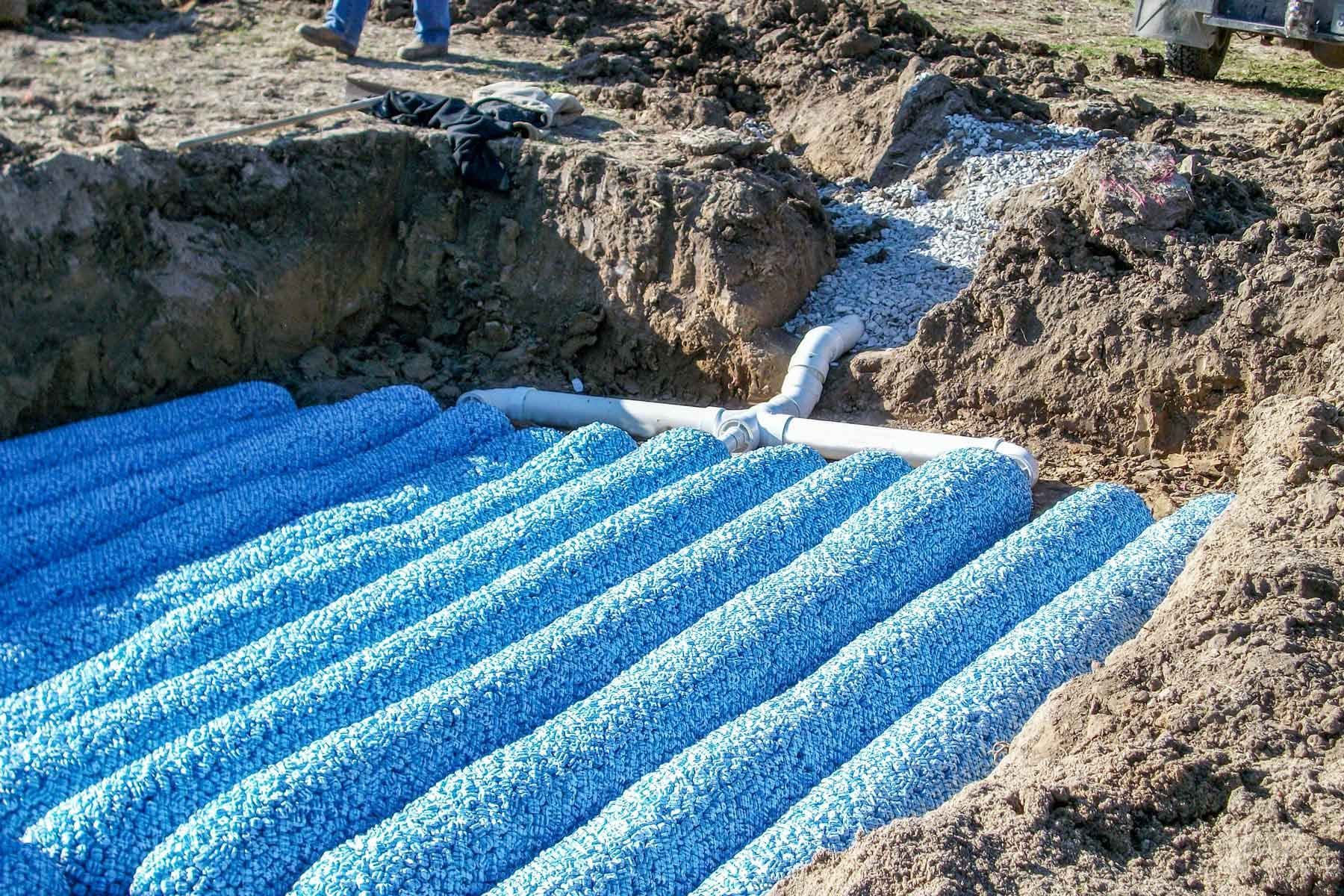TUSCALOOSA
EXCAVATING PROS
205-973-4717
Call For a Fast & Free Quote
TUSCALOOSA
EXCAVATING PROS
205-973-4717
Call For a FAST & FREE Quote
Best Septic System Installation in the Tuscaloosa, AL area.
We install septic systems in the greater Tuscaloosa area, delivering on SPEED, QUALITY, and PRICE. Get in contact today!
Top Septic Installation Service Tuscaloosa, AL
Searching for septic system installers in Tuscaloosa or the surrounding areas?
In addition to excavating services, we provide professional septic system installations and septic system repairs. We install both conventional septic systems and engineered septic systems.
Call us at (205) 723-1996 to book a consultation for your new septic system today.
FREE No Obligation Quote
Thank you for contacting us about your project. We will get back to you as soon as possible.
Why wait? Give us a call at 555-555-5555!
Oops, there was an error sending your message.
Please refresh your browser and try again.






Septic System Installers near Tuscaloosa, AL
Are you looking for conventional septic system installations in the Tuscaloosa area? We can help you design and install a reliable system tailored to your property's needs. We install conventional septic systems and engineered septic systems.
Conventional Septic System Installation
Septic systems provide wastewater treatment in areas not connected to a centralized sewer system. They are essential in rural and suburban areas where municipal sewer lines are not accessible.
Several critical parts in a septic system work together to treat and dispose of wastewater. Below are the main parts of a conventional septic system:
- Primary Drain Line: The primary drain line carries wastewater from your home to the septic system. It allows wastewater to flow from your toilets, sinks, and showers to the septic tank for initial treatment.
- Septic Tank: The septic tank is a watertight container made of concrete, fiberglass, or plastic. It is the primary treatment unit in the septic system. Wastewater entering the tank goes through a separation process. Solids and heavier particles settle to the bottom as sludge. Lighter substances like grease and oils float to the top as scum. The remaining liquid, known as effluent, flows out of the tank for further treatment.
- Distribution Box: The distribution box (D-box) is a junction or point located between the septic tank and the drain field. It distributes the effluent from the septic tank to different areas of the drain field. The D-box equally distributes wastewater, preventing the overloading of any single area of the drain field.
- Drain Field / Leach Field: The drain field, also referred to as the leach field or absorption field, is the final stage of the septic system. Here wastewater is released into the soil. It consists of a network of perforated pipes or trenches buried in gravel or dirt. The effluent from the septic tank enters the drain field through the distribution pipes and absorbs into the soil. The soil acts as a natural filter, removing impurities and bacteria from the wastewater. Eventually, the effluent percolates through and returns to the groundwater.
If you're looking for a professional installer for your septic system or just have questions about installing a septic system, give us a call. We can help you design and install the right septic for your property. Call us today at 205-723-1996.
Engineered Septic System Installation
Engineered septic systems are designed for challenging terrains, strict regulations, and environmentally sensitive areas. Unlike conventional systems, engineered systems use advanced treatment units and specialized distribution systems. Here are three common types of engineer designed septic systems.
- Mound System: A mound system is an engineered septic system for areas with high water tables or poor soil conditions. It consists of an elevated mound of sand or gravel where wastewater is treated before being distributed. The mound provides an increased surface area for wastewater absorption. The mound allows for better treatment and filtration and is suitable for challenging terrain.
- Recirculating Sand Filter System: A recirculating sand filter system is an engineered septic system that utilizes a layer of sand or other material to treat wastewater. The system recirculates the effluent multiple times through the sand filter to enhance treatment. The sand is a natural filter, removing impurities and bacteria from the wastewater. This type of system is commonly used in areas with limited space or strict water quality requirements.
- Aerobic System: An aerobic system is an engineered septic system that introduces oxygen into the wastewater treatment process. This promotes the growth of aerobic bacteria, which breaks down and treats the wastewater. Aerobic systems include a separate aerobic treatment unit. This may require more maintenance and monitoring compared to conventional systems. These systems suit areas with high water tables, poor soil conditions, or where advanced treatment is necessary to meet regulatory standards.
Schedule an appointment or learn more about our engineered septic services in Tuscaloosa and the surrounding areas. Call us at
205-723-1996.
Services
Service Areas
- Tuscaloosa
- Northport
- Brookwood
- Woodland Hills
- Coaling
- Cottondale
- Holt
- Peterson
- Moundville
- Coker
- Woodland Forest
- Brookwood
- And more....
Contact Us
Tuscaloosa, Alabama
Disclosures
2023 All Rights Reserved | Tuscaloosa Excavating Pros